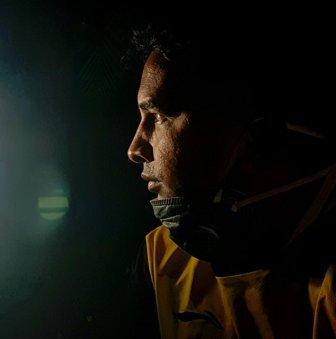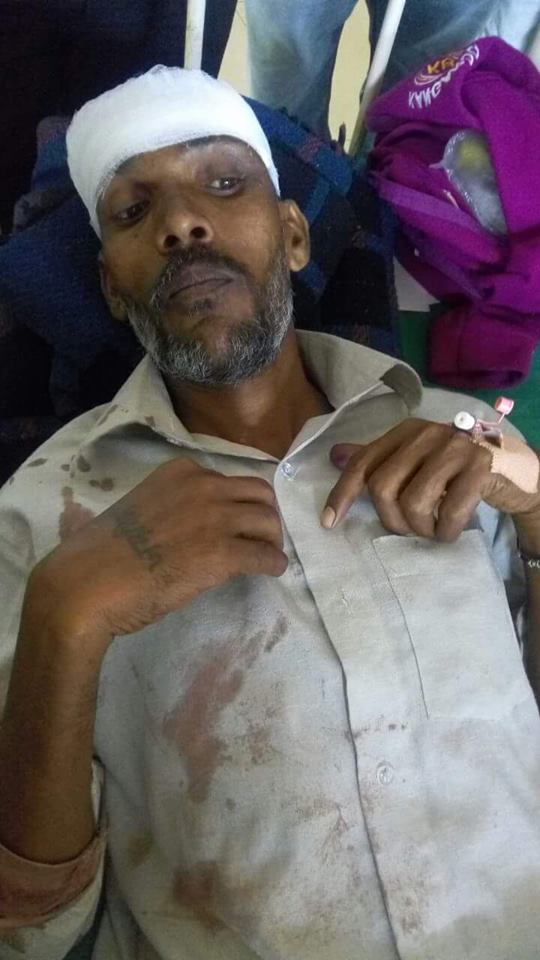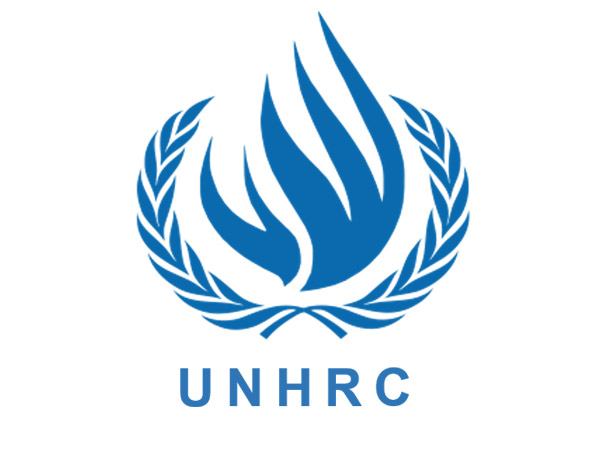JS Vinay
 Recently, there was a controversy when the Outlook magazine released an issue with a cover story on “50 Dalits remaking India”. [1]
Recently, there was a controversy when the Outlook magazine released an issue with a cover story on “50 Dalits remaking India”. [1]
Many anti-caste activists raised questions about the issue. Some were talking about the usage of the word “Dalit” since a court had ruled against the usage of the term in previous judgments. There were people from the list like Rahul Pradhan[2], Disha Pinky Sheikh[3], Kadubai Kharat[4] who later gave statements that they are not Dalits but Ambedkarites.
Some people in social media suggested alternatives to be used in place of the term ‘Dalits’, like ‘Bahujans, Ambedkarites, Scheduled Castes, Buddhists (even though not all in the lists were Buddhists), Mulnivasis’ etc.
However, I would like to draw attention to some fundamental issues here.
1) Why is such a list being published now?
Is there any specific reason for this list being published? People like Suraj Yengde have been publicizing the list as well. By publishing this list who gets benefitted? Shouldn’t Outlook as an upper caste publishing house be mindful of their caste position while trying to certify Dalits and then publishing stuff like this?
2) Who is publishing it?
Outlook is primarily an upper caste publishing house. A quick look at its board of directors or staff shows that Outlook itself has barely any Dalits in its team. The following details about the people working and leading in Outlook are taken from their official website.[4]


 After publishing the issue, who will buy it? Most probably the average Dalit. But in doing so, who will be benefitted from the sales? Would any of the 50 names in the list benefit from the sales? Would their lives change drastically?
After publishing the issue, who will buy it? Most probably the average Dalit. But in doing so, who will be benefitted from the sales? Would any of the 50 names in the list benefit from the sales? Would their lives change drastically?
It reminds me of Dr. Babasaheb Ambedkar’s famous quote here:
“The mischief done by the Brahmin scholars to historical research is obvious. The Brahmin scholar has a two-fold interest in the maintenance of the sanctity of this literature. In the first place, being the production of his forefathers, his filial duty leads him to defend it even at the cost of truth. In the second place as it supports the privileges of the Brahmins, he is careful not to do anything that would undermine its authority. The necessity of upholding the system by which he knows he stands to profit, as well as of upholding the prestige of its forefathers as the founders of the system, acts as a silent, immaculate premise which is ever present in the mind of the Brahmin scholar and prevents him from reaching or preaching the truth. That is why one finds so little that is original in the field of historical research by Brahmin scholars unless it be a matter of fixing dates or tracing genealogies.”[5]
3) Are there only 50 Dalits that are changing India?
Does Outlook want to say, here are the 50 Dalits among the 20 crores of Dalits in India that are changing the country (if we assume 16.6% of the population of India is Scheduled Castes) as per general agreed understanding? What happens to the other millions of Dalits? What about the average labourer, the teacher, the sewage worker, the daily wage labourer, the fruit seller, the nurse, the doctor, etc (all Dalits) who are doing their work diligently despite being severely underpaid and overworked?
4) Why create divisions among the oppressed sections?
What will invariably happen is the average reader will then discuss the merit of people in the list. Some will then try to study each of the 50 people. Some will say why is a certain Y not on the list? Why is Mr. X on the list?
This is more like a “merit” debate. It creates a feeling that someone is better and someone isn’t.
5) Why Dalits?
Does a Dalit exist in a vacuum? A person is a Dalit because someone is a Brahmin and controls all reins of production. Why doesn’t Outlook write about the top 50 Brahmin Savarnas because of whom Dalits don’t have adequate resources or because of whom there are Dalits? Why should Dalit always be the pivot for understanding caste?
How long will Caste=Dalit=Untouchability be the parroted line? Why should Dalits always be the point of studies to understand Caste?
Dr. Babasaheb Ambedkar gave a very pertinent statement:
“It is unusual to hear those who feel moved by the deplorable condition of the Untouchables. unburden themselves by uttering the cry ” We must do something for the Untouchables”. One seldom hears any of the persons interested in the problem saying ” Let us do something to change the Touchable Hindu”. It is invariably assumed that the object to be reclaimed is the Untouchable. If there is to be a Mission, it must be to the Untouchables and if the Untouchables can be cured, Untouchability will vanish. Nothing requires to be done to the Touchable. He is sound in mind, manners and morals. He is whole, there is nothing wrong with him. Is this assumption correct? Whether correct or not, the Hindus like to cling to it. The assumption has the supreme merit of satisfying themselves that they are not responsible for the problem of the Untouchables”[6]
6) What about ST,OBC, Pasmandas, Other marginalised communities?
This has laid a foundation where tomorrow other marginalized sections will also ask, is it only Dalits that are remaking the country? They may also ask for their names as well as create some animosity towards the Dalit community.
Hence, all people from across sections must oppose such lists now as well as in the future and challenge upper caste publications in their hideous agendas.
~
References
[1] https://www.outlookindia.com/videos/cover-story-50-dalits-remaking-india/3777
[2] https://m.facebook.com/story.php?story_fbid=1865995680243790&id=100005001281062
[3] https://www.youtube.com/watch?v=_i5xwpSHalw
[4] https://www.outlookindia.com/pages/aboutus
[5] ~ Dr.Babasaheb Ambedkar in ‘Who were the Shudras’.
Dr.Ambedkar in ” Untouchables or the Children of India’s Ghetto”, Page 2, Vol 5, Speeches & Writings of Babasaheb Ambedkar.
~~~
JS Vinay believes in the principles of the anti-caste movement and works in the corporate sector.










